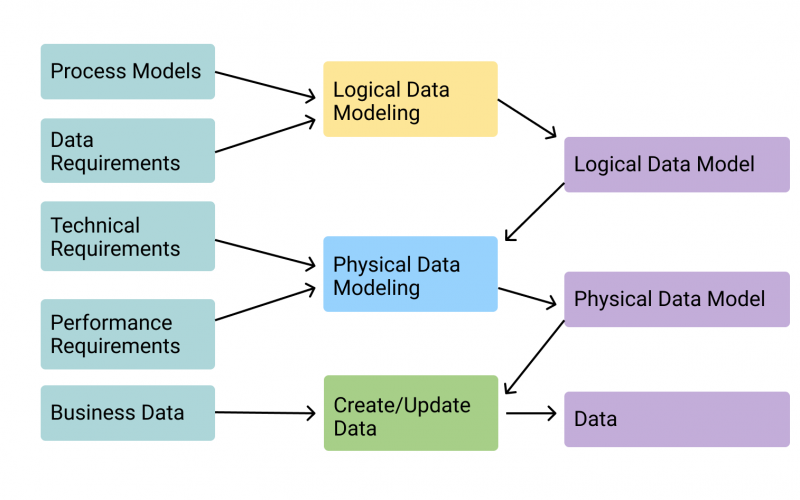Database design is a crucial aspect of system analysis and design that involves structuring and organizing data in a relational database management system (RDBMS). It encompasses concepts such as relational database concepts, normalization, and schema design. Let’s explore each of these concepts in more detail:
- Relational Database Concepts:
Relational database concepts form the foundation of database design. Key concepts include:- Tables: Data is organized into tables, which consist of rows (records) and columns (attributes). Each table represents a specific entity or concept in the system.
- Relationships: Relationships define connections between tables. Common types of relationships include one-to-one, one-to-many, and many-to-many.
- Primary Key: A primary key is a unique identifier for each record in a table. It ensures the integrity and uniqueness of data within the table.
- Foreign Key: A foreign key is a field in one table that refers to the primary key in another table. It establishes relationships between tables.
Understanding these relational database concepts helps in structuring data effectively and establishing proper relationships between entities.
- Normalization:
Normalization is a process used to eliminate redundancy and improve data integrity in a database. It involves breaking down a database into multiple tables and ensuring that each table stores only relevant and non-redundant data.
Normalization follows a set of normal forms, such as First Normal Form (1NF), Second Normal Form (2NF), and Third Normal Form (3NF). Each normal form has specific rules and dependencies that must be satisfied to achieve a well-structured and normalized database.
By normalizing the database, data redundancy is minimized, data integrity is improved, and the database becomes more flexible and efficient.
- Schema Design:
Schema design involves designing the structure and organization of tables, defining relationships, and establishing constraints such as primary keys, foreign keys, and data types.
During schema design, it is important to consider factors such as data integrity, efficiency, performance, and scalability. Good schema design ensures that the database accurately represents the system’s requirements and supports efficient data retrieval and manipulation.
Schema design also includes defining indexes, views, and other database objects to optimize data access and create logical abstractions for users and applications.
By applying these concepts and techniques, system analysts can design a well-structured and efficient database that meets the system’s data storage and retrieval requirements. Proper database design facilitates data integrity, scalability, and performance, supporting the overall success of the system.
